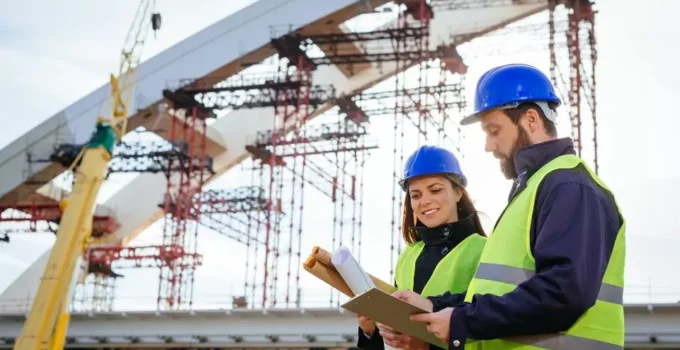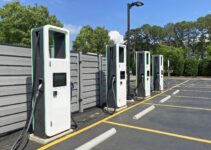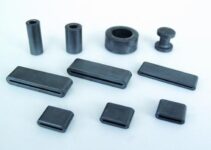Important to our day-to-day functioning is the infrastructure that is the purview of civil engineers to design, build, and maintain. Safety is of utmost importance in this industry, and using safety devices plays a critical role in protecting workers and the public. Here are seven safety devices used in the civil engineering industry.
Seven Devices Used for Safety in Civil Engineering Industry
1. Hard Hats
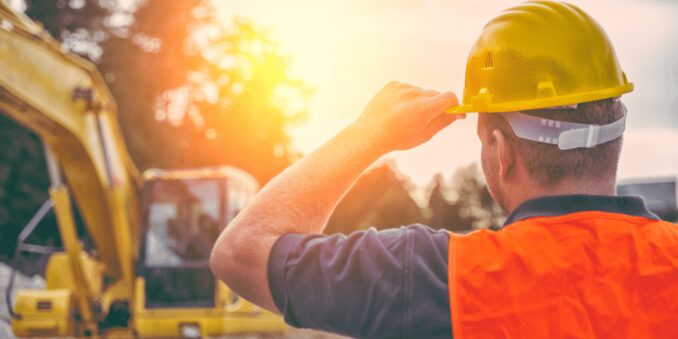
Source: nipgroup.com
Hard hats are a crucial safety device in the civil engineering industry, and they protect workers from head injuries caused by falling objects or collisions with overhead obstacles. Hard hats are made of a rigid outer shell and a shock-absorbing lining that can reduce the impact of a blow to the head.
2. Safety Glasses
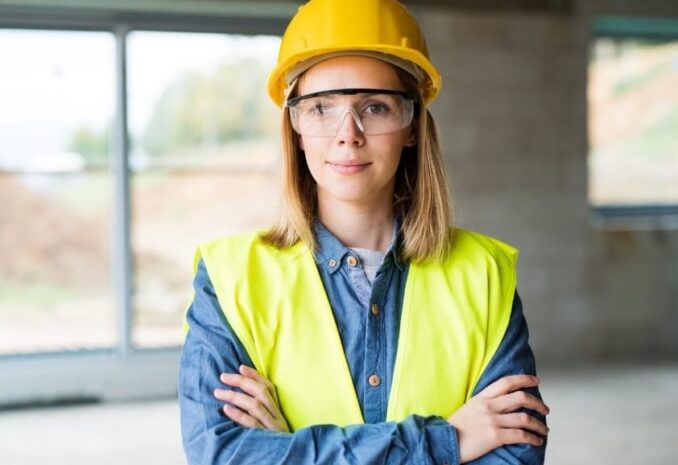
Source: garco.com
Similarly, important to the safety of those working in civil engineering are safety eyewear. They prevent eye damage from dust, debris, and other potential workplace risks. Lenses and frames for safety glasses may be customized to address specific threats.
3. High-Visibility Clothing
High-visibility clothing is essential for workers working in areas with heavy traffic or poor visibility. This clothing is designed to make workers more visible to drivers, equipment operators, and other workers. High-visibility clothing is available in different colors and styles, but all are made with fluorescent or reflective materials that stand out in low-light conditions.
4. Safety Harnesses
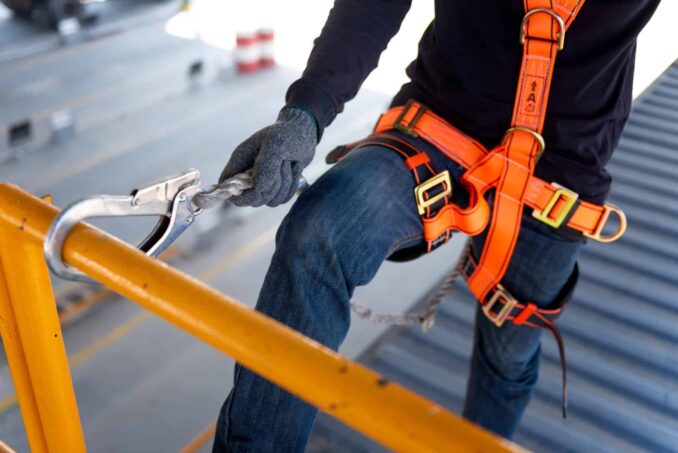
Source:youtube.com
Protecting personnel who must operate at elevated levels is the primary purpose of safety harnesses. These devices consist of a full-body harness that is connected to a lanyard or lifeline, which is anchored to a certain point. Safety harnesses prevent workers from falling and protect them from severe injuries in case of a fall.
5. Safety Nets
Workers at heights also use safety nets to protect themselves from falling debris. The purpose of these nets is to protect employees from injury in the event that they fall. Construction workers’ safety nets are built to resist the impact of a worker’s fall from height.
6. Barrier Systems
Barrier systems protect workers and the public from hazards on construction sites. These barriers can be temporary or permanent and are designed to prevent access to hazardous areas. Barrier systems can include barricades, fencing, trench boxes, and signage to warn of dangers.
7. Respirators
Respirators protect workers from harmful dust, fumes, and other airborne hazards. They are essential for workers in confined spaces or areas with poor ventilation. Depending on the hazards involved, respirators come in different types, including air-purifying and supplied-air respirators.
Importance of Having Safety Devices in the Civil Engineering Industry
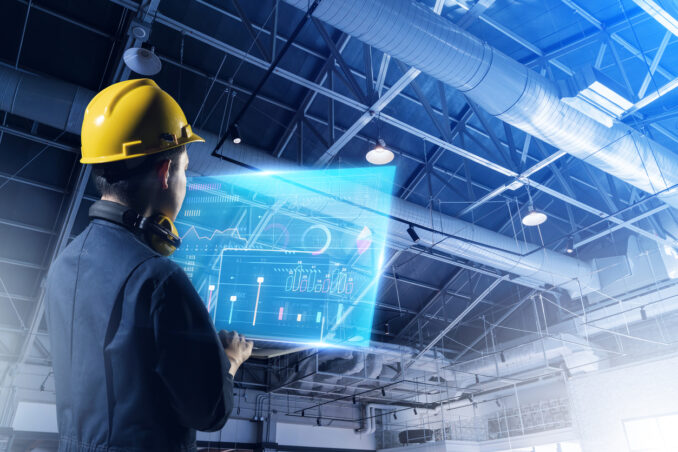
Source: ishn.com
Protection of Workers
Safety devices are designed to protect workers from hazardous conditions and environments. This is important because it ensures workers are safe and healthy, reducing the risk of accidents, injuries, and illnesses.
Compliance with Regulations
Many safety devices are required by law, and having them in place ensures compliance with regulations and avoids potential legal and financial penalties.
Improved Productivity
When employees have a sense of safety and security at work, they are more likely to be productive, which in turn increases productivity and revenue.
Improved Reputation
Employers prioritizing safety are more likely to attract and retain top talent and maintain a positive reputation in the industry.
Downsides of Having Safety Devices in the Civil Engineering Industry
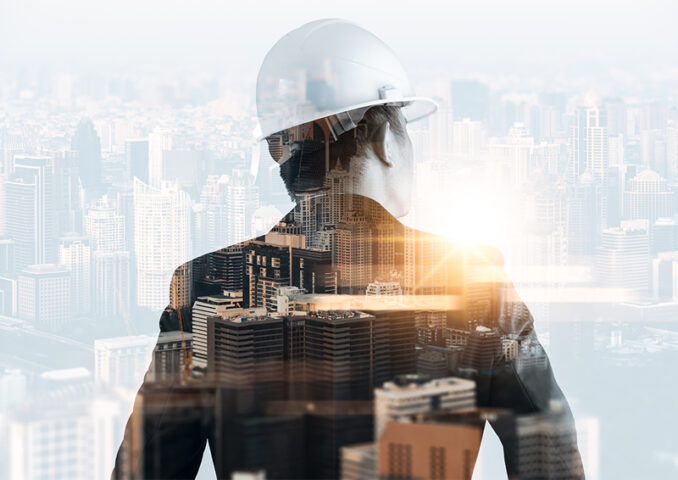
Source: ice.org.uk
Cost
Safety devices can be expensive to purchase, install, and maintain, which can burden smaller companies or those with limited budgets.
Complexity
Some safety devices can be complex and require specialized training to operate effectively, which can be time-consuming and costly for employers.
False Sense of Security
Workers may become complacent and rely too heavily on safety devices, creating a false sense of security and increasing risk-taking behavior.
Interference with Work
Few safety devices can be cumbersome or interfere with workers’ ability to perform tasks effectively, reducing productivity.
Malfunction
Safety devices can malfunction, leading to false alarms or failure to detect actual hazards. This can create confusion and undermine workers’ confidence in the devices.
Conclusion
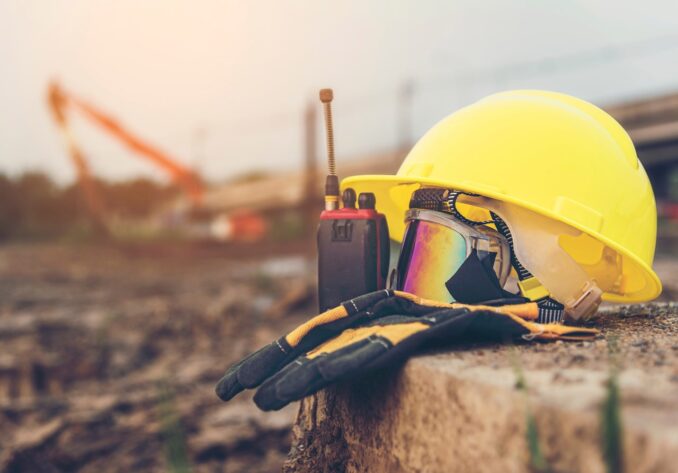
Source: constructionexec.com
In conclusion, safety is paramount in the civil engineering industry, and using safety devices is critical in protecting workers and the public. The above-mentioned devices are just a few of those used in this industry. Civil engineers and construction companies must ensure that their workers are trained to properly use these safety devices and that they are present on all job sites to prevent accidents and injuries.


